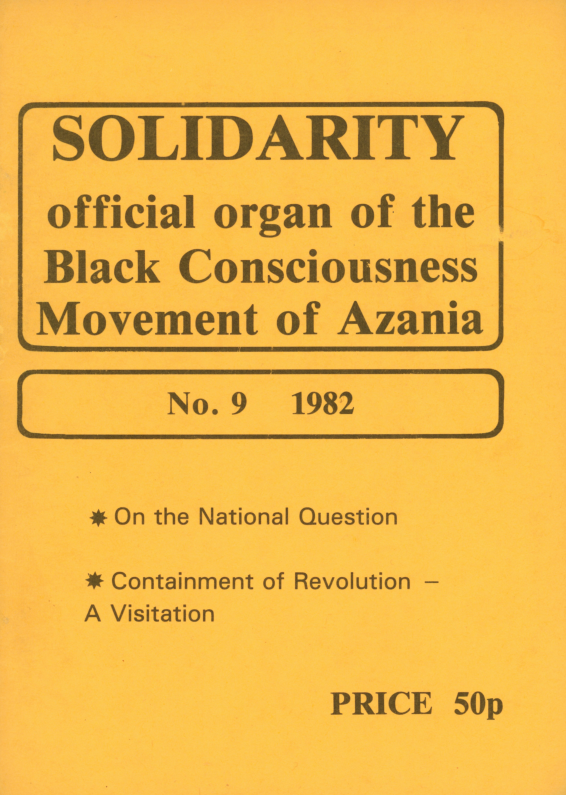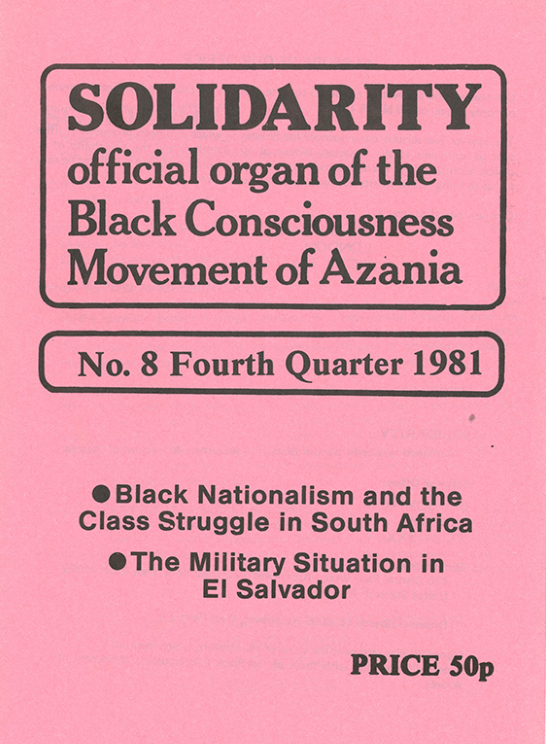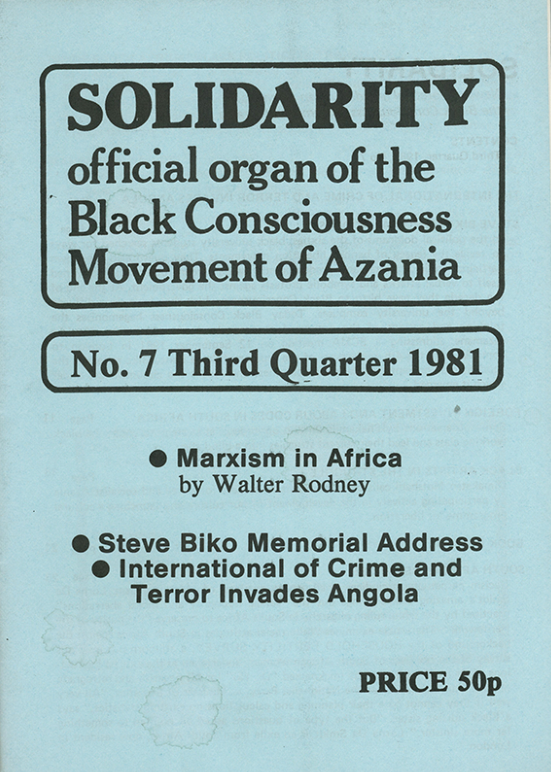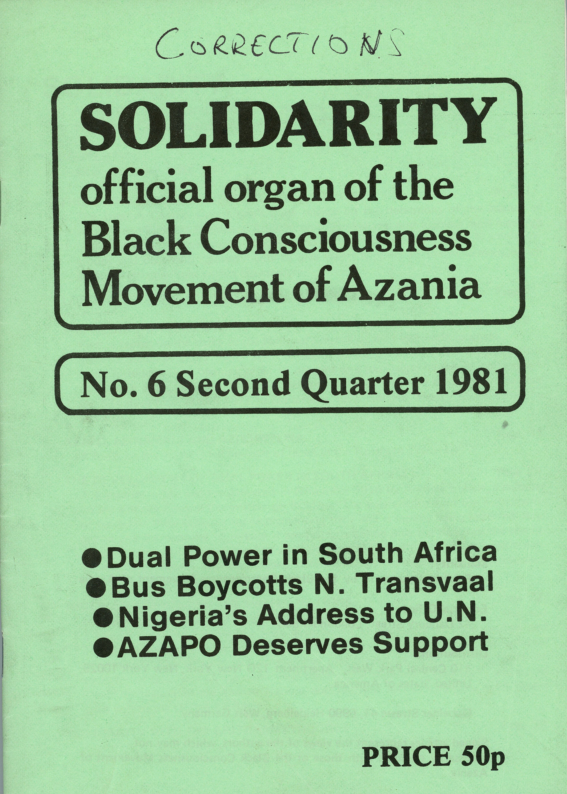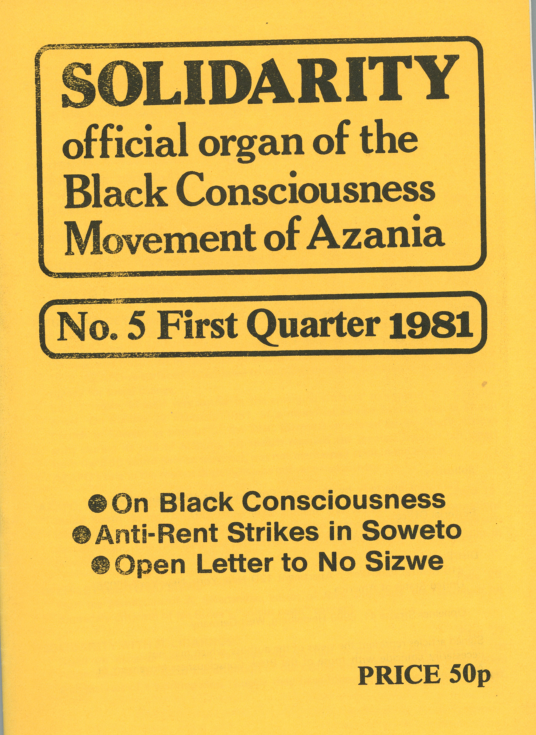Recollections of the Resurrection of Women’s Day, 40 Years Ago by Julie Wells
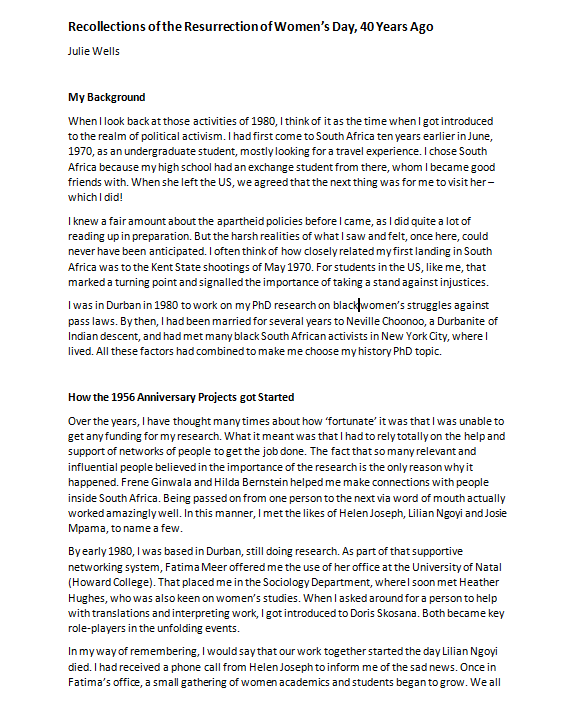
My Background
When I look back at those activities of 1980, I think of it as the time when I got introduced to the realm of political activism. I had first come to South Africa ten years earlier in June, 1970, as an undergraduate student, mostly looking for a travel experience. I chose South Africa because my high school had an exchange student from there, whom I became good friends with. When she left the US, we agreed that the next thing was for me to visit her – which I did!
Thulamela Local Municipality
This Municipality is dedicated to the Local People and providing a better life for their people. There motto being: "WE SERVE WITH DEDICATION".
Mission:
"We build prosperity, eradicate poverty and promote social, political and economic empowerment of all our people through delivery of quality services, community participation, local economic development and smart administration"
Vision
"We, the people of Thulamela would like our Municipality to achieve a City status by year 2030, to promote urban regeneration and comprehensive rural development whilst encouraging Local Economic Development to improve the quality of lives of our People."
Thulamela Municipality was established in the Year 2000 in terms of the provision of the Local Government Municipality structures Act, 117 of 1998 Section 12. The administrative officer of the Municipality are in Thohoyandou with other offices in Malamulele, Shayandima, Makonde, Tshikombani and Saselmane.
It falls under Vhembe District Municipality. The population of Thulamela Municipality is 584 257 with 261 304 Males and 322 953 Females. It is a category B Municipality with 40 Wards, 40 Ward Councillors and 40 Representatives Councillors. The total number of Municipal staff is 546.
"Thulamela" is a Karanga or Shona word that means "hill with no vegetation" or "the place of giving birth".
The original settlement is situated in the Kruger National Park and was inhabited from the 13th to the 16th Century.
The Thulamela people had very strong links with the Middle and Far East. After the 2000 elections the then Greater Thohoyandou / Greater Levubu-Shingwedzi Municipality underwent a consultation process to rename the Municipality so that its name can be uniting and be in line with the prevailing political transformation. Hence the name Thulamela was considered the most favorite and uniting.
The Thulamela Municipal Area is characterized by Rural Settlement Patterns- enormous backlogs in basic household infrastructure and services, discontinuous land uses, concentration of taxable economic resources in the formerly R293 Town and on its periphery are scattered concentrations of extreme Rural and Urban poverty and the Apartheid legacy that confronts Local Government.
The overall effect of these patterns had resulted in extreme poverty and under development. In the deprived Areas, household productivity was stifled due to the time people would usually spend to meet their basic needs like water and gathering of wood. People in these Areas also suffer poor health because of inadequate housing and health facilities.
Scattered small Settlements and Discontinuous Land around the edge of Urban District Centres, and certain Urban Districts in Rural Areas. These units consist of: blocks of Flats; individual Houses; Gardens; Streets and Parks. (Each of these elements having a surface Area of less than 25 ha. and use of these Area make it extremely expensive to provide Basic Household Infrastructure. These same patterns also impose a heavy burden on the poor who have to spend valuable time and money to travel long distances to access markets, Economic opportunities and other Social amenities.
Current Situation:
Thulamela is divided into two Geographical Areas, which are Thohoyandou and surrounding Rural Settlement and Malamulele (Surrounding areas). The largest portion of the Population is the school going age. Almost 89% of Households in the Municipality area are provided with acceptable levels of water services. Nine percent have access to water services, provided in their dwelling units.
Culture & Language:
The Culture of the people of this Area is one of togetherness, peace and harmony. It is a place of many legends. A place of beautiful mountains and vegetations that are a must to view for tourists. Although Thulamela has many people with different cultures and languages, the predominant cultures are that of the Tsonga/Shangaan and Vhavenda people which both have its unique but yet unified History.
Tsonga:
The Tsonga are a diverse people, generally including the Shangaan, Thonga, Tonga, and several smaller ethnic groups. Together they numbered about 1.5 Million people in South Africa in the mid-1990s, with some 4.5 Million individuals in southern Mozambique and Zimbabwe. The first Tsonga-speakers to enter the former Transvaal probably did so during the 18th Century. They were essentially traders who followed rivers inland, where they bartered cloth and beads for ivory, copper and salt.
The Shangaan Tribe: came into being when King Shaka of the Zulu, sent Soshangane (Manukosi) to conquer the Tsonga people in the Area of present-day Southern Mozambique, during the Mfecane upheaval of the 19th Century. Sonshange found a fertile place inhabited by scattered Communities of peace-loving people, and he decided to make it his home rather than return to Shaka. The Shangaan were a mixture of Nguni (a language group which includes Swazi, Zulu and Xhosa), and Tsonga speakers (Ronga, Ndzawu, Shona, Chopi tribes), which Soshangane conquered and subjugated. Among the Tsonga people, as in any African society, music and musical instruments play an important traditional role in their customs and festivals. Rhythm is emphasized by various wooden musical instruments, dance movements, swaying bodies, waving lowered arms, singing and stamping feet on the ground. A variety of wind, string and drum instruments is used in ceremonies and festivals. The simplest is an empty Sala shell from the Nsala fruit tree, which has two holes and sounds like a whistle. A flute like instrument called the 'shitiringo' is made from cut river reeds and a bent, wooden, rod-like bow is tied with palm fibres, creating a harp called Gubu. The most characteristic musical instrument, however, is the 'timbila' or wooden African xylophone, which is so delicately and finely crafted that it plays a true melody based on the Western musical scale.
Venda: As with most of the other peoples of South Africa the Venda (Vhavenda) came from the Great Lakes of Central Africa. They first settled down in the Soutpansberg Mountains. Here they built their first capital: Dzata, from the ruins of which can still be seen today in the; Nzhelele Area.
The Venda culture is built on a vibrant mythical belief system, and water is an import theme, believing Lakes and Rivers are sacred and that rains are controlled by the Python God. One of the most sacred sites of the Venda is Lake Fundudzi. Here annually the Domba Python Dance is held, an offering of beer is poured into the Lake, and young maidens, as the final stage of their initiation into womanhood, line up in single file and dance in long winding lines, like a snake. The Domba is important to secure good rains for the following season. Drums are central in the culture and there are legends and symbols linked to them. Most sets of drums are kept by chiefs and headmen, and comprise of one Ngoma, one Thungwa and 2 or 3 Murumba. The Venda language, TshiVenda or LuVenda, emerged as a distinct dialect in the 16th Century. In the 20th Century, the TshiVenda vocabulary was similar to Sesotho, but the grammar shares similarities with Shona dialects which are spoken in Zimbabwe.
